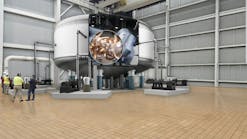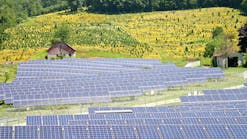ENGIE, West County Wastewater pair on infrastructure upgrades to cut GHG emissions
West County Wastewater is working with utility firm ENGIE North America on a comprehensive energy, infrastructure and process improvement project that will reduce overall GHG emissions by 93% at its Water Quality and Resource Recovery Plant.
The project will include the addition of 1.1 MW of solar power generation, two new digesters, LED lighting and EV charging stations. The upgrades to the wastewater treatment plant will include a new grit separation system, a high efficiency aeration blower, a 450 kW cogeneration system that will be powered by biogas from the digesters, rotary drum thickeners, a sludge dewatering system and thermal dryer system and equalization basins. The improvements are expected to save more than $83 million over the lifetime of the project and meet nearly 100% of the District’s facilities and wastewater treatment electricity requirements.
Earlier, biosolids that were produced at the WCW were not suitable for reuse and ended up in landfills. These upgrades will generate Class A biosolids, which will be reusable for agriculture and other reclamation purposes. The upgrades will thus, prepare the WCW for the implementation of the “Short-Lived Climate Pollutants: Organic Waste Reductions” regulations.
ENGIE North America Managing Director Stefaan Sercu said, “This project is one of the most impactful energy, infrastructure and process improvement programs in the United States. Our alliance with WCW will serve as a proof point for the benefits of the comprehensive energy collaboration approach. Wastewater treatment is an especially energy-demanding operation—but wastewater districts that take advantage of ENGIE’s expertise at the energy-water nexus can make the improvements necessary for the reliability of their equipment, safety of the local community, and environmental sustainability.”





